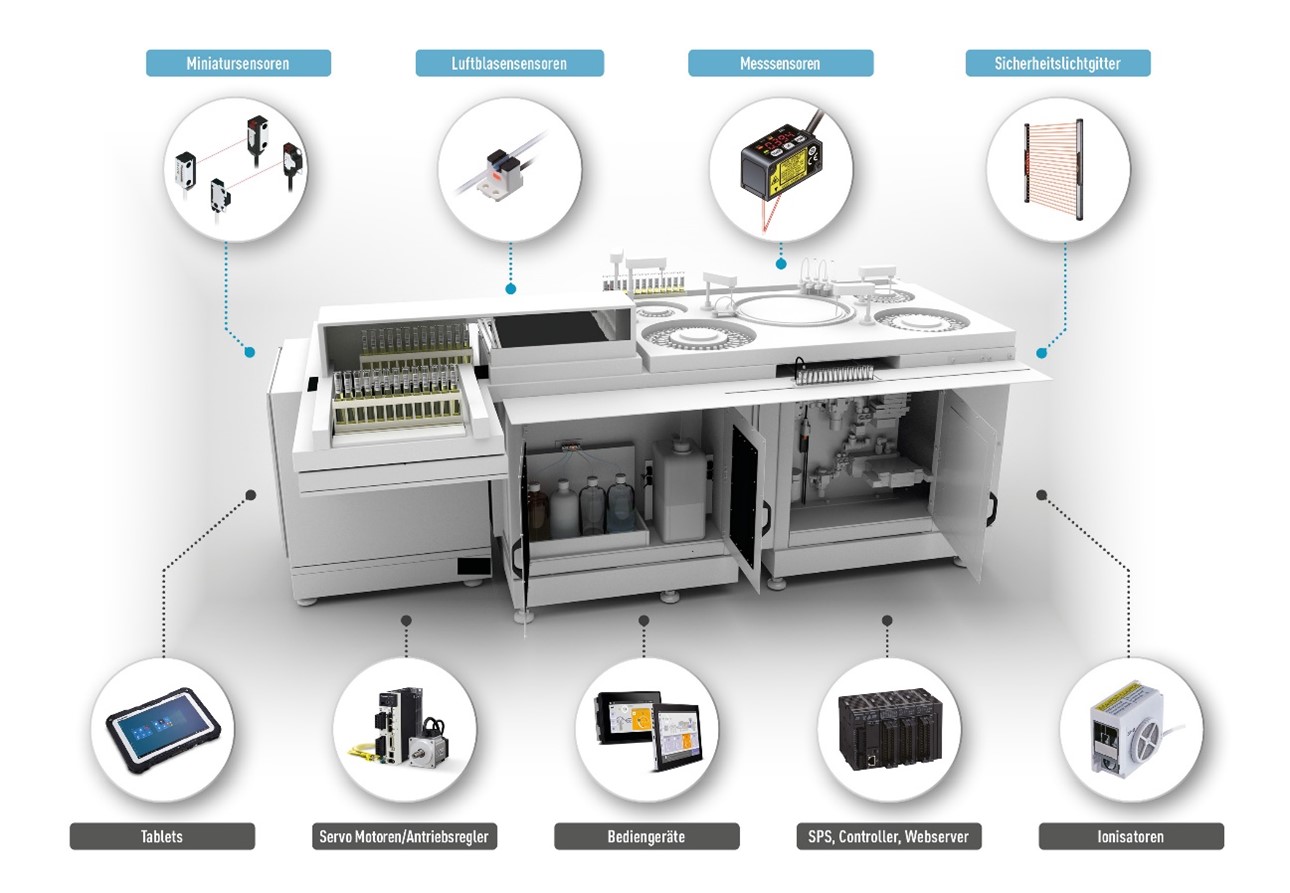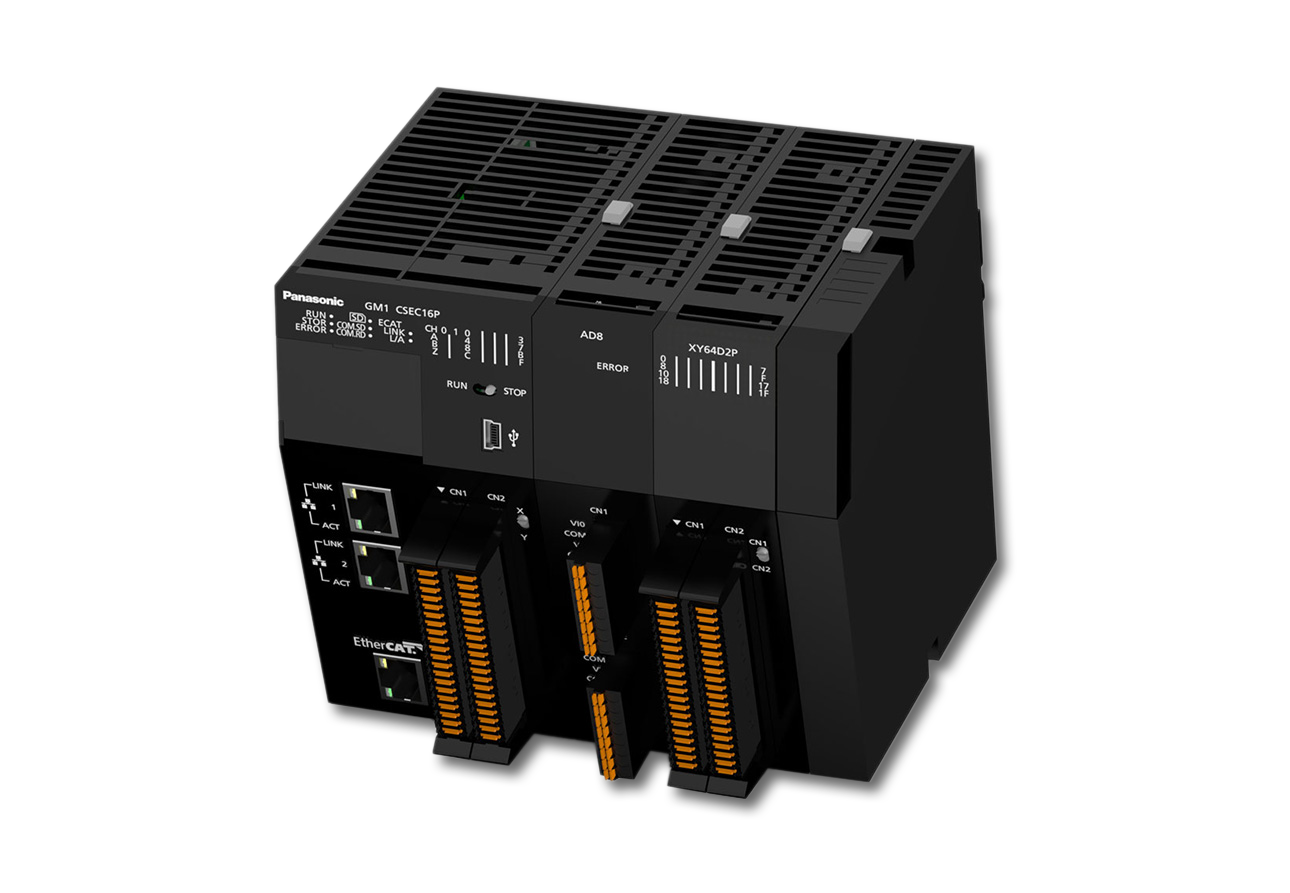
Sensor solutions for laboratory automation
Panasonic Industry offers, in addition to state-of-the-art sensors, a wide range of automation components
such as safety light curtains, controllers, motors, and HMIs (human-machine interfaces) that reliably
contribute to the automation of laboratories.
In this industry, the phrase "Big Data" is more than just a buzzword.
In the future, we will have to deal with new synonyms such as AI (Artificial Intelligence) and IoT (Internet of Things). In the hypothesis-driven lab with the strong driver of sustainability combined with the growth of ever higher quality artificial intelligence and algorithms, there will be more virtual "DMTA" (Design-Make-Test-Analyze) and less tangible ‘make’ and ‘test’.
So what new developments in data management will occur in the hypothesis-driven and protocol-driven labs of 2030?
In this industry, the phrase "Big Data" is more than just a buzzword.
In the future, we will have to deal with new synonyms such as AI (Artificial Intelligence) and IoT (Internet of Things). In the hypothesis-driven lab with the strong driver of sustainability combined with the growth of ever higher quality artificial intelligence and algorithms, there will be more virtual "DMTA" (Design-Make-Test-Analyze) and less tangible ‘make’ and ‘test’.
So what new developments in data management will occur in the hypothesis-driven and protocol-driven labs of 2030?
- The ubiquity of IoT and 5G communication capabilities will lead to growth within the lab
- Widespread adoption and acceptance of accessible, interoperable, and reusable data
- Standards for presentation and system automation
- Data security and data protection
- The ubiquity of the “cloud”
- Digital twin approaches improve the representation of processes from a distance
- Quantum computers evaluate the flood of data and provide new information

